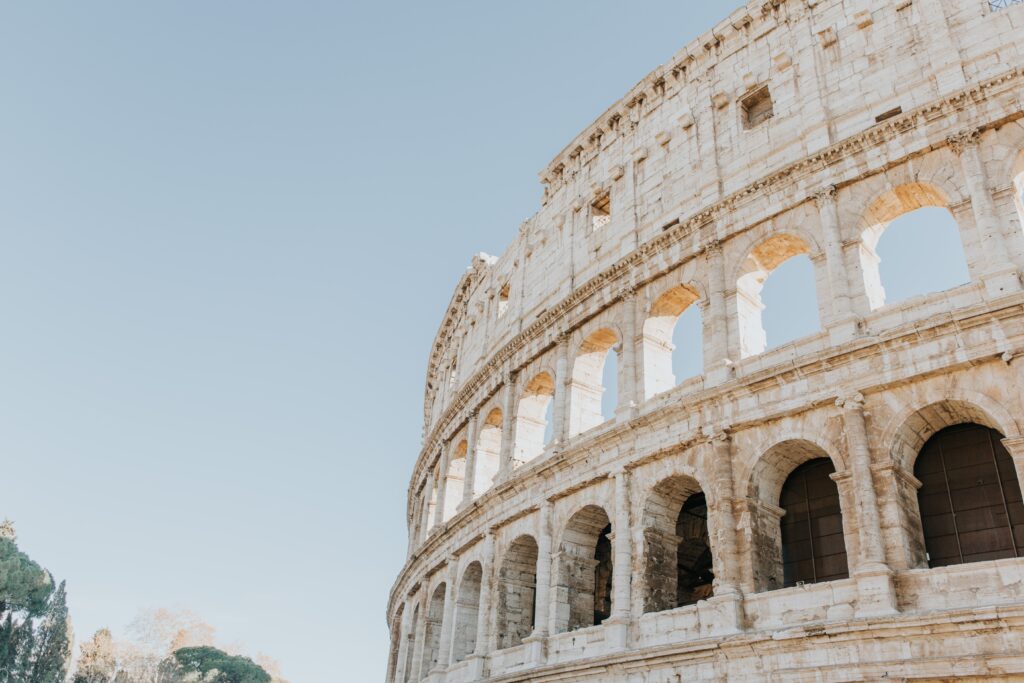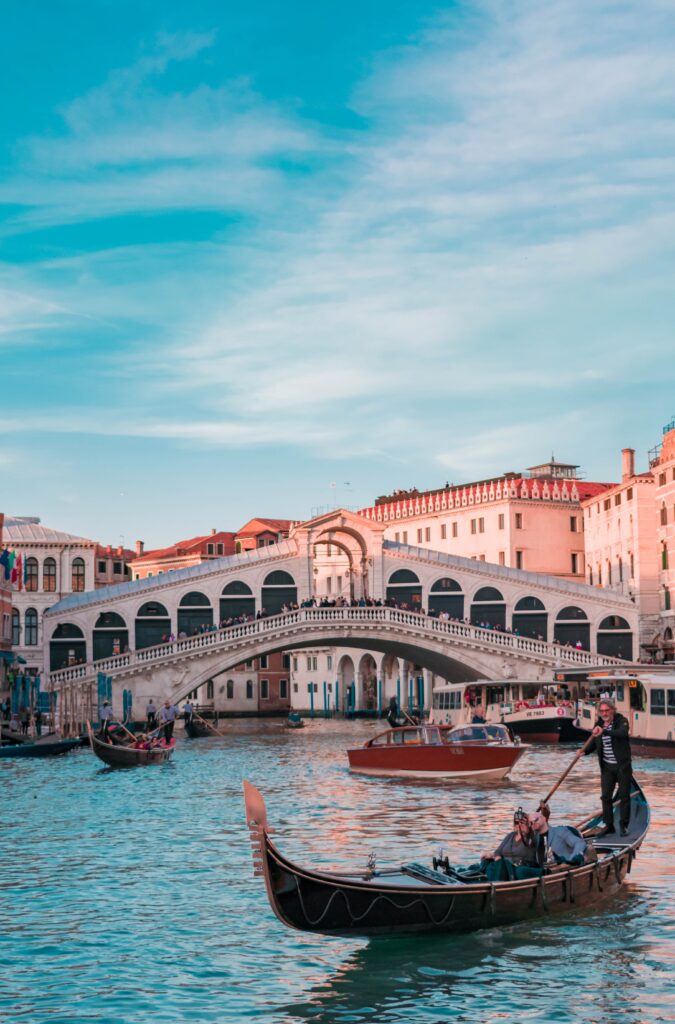In the search for new museum directors in Italy, the government’s shift towards nationalism is influencing the selection process. In the past, top positions at prestigious art institutions often went to foreign candidates in an effort to shake up the museum sector. However, this time around, the majority of the shortlisted candidates have significant experience within Italy. The current administration’s political leanings suggest a preference for local talent, leaving many to question whether the allure of running an Italian museum outweighs the downsides, such as lower salaries and bureaucratic challenges. While the 2015 reform granting autonomy to museums brought positive changes, it also gave the culture minister greater influence over diplomatic matters and exhibition content. Overall, the selection of new museum directors in Italy is now a highly political and nationally-focused endeavor.

Background
In 2015, there was a reform in Italy that granted greater autonomy to arts institutions and opened up the position of museum director to individuals from outside the culture ministry’s ranks. This initiative, led by former culture minister Dario Franceschini, aimed to bring fresh perspectives and new ideas to the museum sector. As part of the reform, several foreign directors were appointed, alongside Italians with international experience. This move was seen as a positive step towards revitalizing the Italian arts scene.
Nationalism and Museum Directorships
The current selection process for museum directors in Italy is influenced by the nationalist sentiment prevailing in the government. The government’s stance, while not explicitly against foreign candidates, has led to a limited number of non-Italian candidates on the shortlists. This shift in mood is not surprising given the political climate. The salaries offered to directors of Italian museums are lower compared to those of international museums, which may deter potential candidates from abroad. Additionally, the culture minister holds significant influence over museum directors, including the ability to make decisions on loans, exhibitions, and overall content.

Impact of Previous Reform
The previous reform granting autonomy to Italian arts institutions had several positive effects. One of the key benefits was greater autonomy for museums in managing their budgets and overseeing operations. This shift allowed museums to have more financial independence and focus on fundraising activities to support their programs. Directors were able to implement positive changes, such as attracting more visitors and embracing new technologies. Outgoing directors have made significant contributions to their respective museums, bringing them up to international standards and increasing their relevance on the global stage.
Challenges and Critiques of the 2015 Reform
While the 2015 reform brought about positive changes, it also presented challenges and faced criticism. One limitation is the restriction on staff hiring, which still relies on competitive exams through the culture ministry. This restricts directors’ ability to hire individuals of their choice, potentially hindering their vision for the museum. Additionally, bureaucratic hurdles and inefficiencies have been a common complaint among museum directors. The bureaucratic processes often slow down decision-making and hinder the implementation of reform initiatives.

Current Selection Process
The selection process for museum directors in Italy involves interviews with a committee at the Culture Ministry. Each museum has ten candidates, and the committee shortlists three based on an assessment of their knowledge, vision, and expertise. The final selection is made by the culture minister and the ministry’s director overseeing museums. The criteria for selection are not explicitly stated, but candidates are expected to demonstrate competence, innovative thinking, and a deep understanding of cultural heritage.
Candidates and Shortlists
The current selection process has resulted in a limited number of foreign candidates. While the government claims that nationality does not matter, the lack of non-Italian candidates on the shortlists suggests otherwise. However, there are Italian candidates with international experience who are vying for museum directorships. Some candidates are even running for multiple museum directorships, indicating their qualifications and commitment to the arts.
Perks and Downsides of Italian Museum Directorships
Leading world-renowned museums in Italy comes with its own set of perks and downsides. The prestige associated with directing these institutions is undeniable, as they house some of the world’s most celebrated arts collections. However, the salaries offered to museum directors in Italy are lower compared to those of international museums of similar importance. Autonomy is both a perk and a downside, as it allows directors to shape the direction of the museum but is accompanied by limited contracts. Furthermore, navigating Italian bureaucracy can be a challenging task for directors, often leading to delays and inefficiencies in decision-making.
Impact of Nationalism on Museum Directorships
The nationalist sentiment prevalent in the government has an impact on the selection process for museum directors. While nationality is not explicitly considered, the current selection process is biased towards Italian candidates. The lack of diversity in leadership in terms of nationality may limit the exchange of ideas and perspectives within the Italian arts scene. It is essential to strike a balance between fostering national talent and embracing the benefits of international expertise and collaboration.
Opinions from Cultural Experts
Cultural experts have varying opinions on the selection process and its implications. Some experts highlight the importance of considering salaries and benefits to attract talent and remain competitive internationally. The role of the culture minister in overseeing and influencing museum directors is also a topic of discussion. Some experts argue that the focus should be on the business logic of running museums to ensure financial sustainability, while others emphasize the importance of fulfilling the cultural mandate of these institutions.
Conclusion
The current selection process for museum directors in Italy is influenced by nationalism and has resulted in a limited number of foreign candidates. While the previous reform granting autonomy to arts institutions had positive effects, there are ongoing challenges and critiques. These include limitations on staff hiring and bureaucratic inefficiencies. The nationalist approach may have implications for the diversity of leadership in the Italian arts scene. It is important to strike a balance between national talent and the benefits of international expertise in order to maintain the relevance and vibrancy of Italian museums.

